 |
|||||||||||
During the summer of 1972 my mom and I moved from Goleta down to Redondo Beach, where I spent my senior year at Aviation High School. It was here that I first met Phil Broad. He was a junior that year, but we formed a strong bond because of our mutual love of science fiction movies and television shows. The two of us were almost inseparable throughout the school year, and for many years after.
One specific area of interest that I shared with Phil was the spacecraft from "Planet of the Apes." At the time it had no name, and neither of us had any specifics on the design of the ship, except what was in our memories from having seen the movie approximately five years previously. For myself, I loved doing technical drawings (although rather crude), and also building models. So I pulled out my pencil and paper, as well as my basla wood, glue, filler, and paint, and went to work. The results of what I created over the course of the next couple of years can be found on The Icaurus Project page. One of the major things that came out of that was my coining of the name Icarus, which would later become canon in the Apes universe.
As for Phil, he eventually was able to get a copy of the Apes Ship blueprints from 20th Century Fox. He also later became a master artist, and spent his career as a technical illustrator. He honed his skills by creating some of the first computer generated images of the Icarus. Phil had seen my attempts to expand on the concept by adding in an Orbital/Propulsion Module, so he ended up rendering something absolutely stunning in his own version of this concept.
Below are a sequence of images from in-flight, reentry, and approaching the inland sea of the Forbidden Zone created by Phil Broad. He based his work on my original pencil sketches. Note that the escape hatch is not rendered in his images as he had plans to make it a separate object that could be manipulated in his CGI files. He never got far enough to finish what he intended. Unfortunately his talents are no longer with us as Phil passed away in April 2022.
Further down you will also see the photographs that Phil took of the original Icarus when he visited the 20th Century backlot in 1974, as well as a couple of photos showing the final home of the Icarus before it met its untimely demise in a junk yard.
Enjoy Phil's amazing work. |
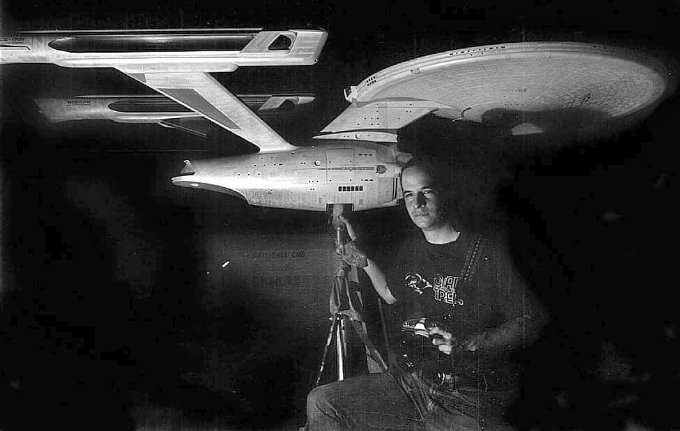 |
||||||
Phil Broad with the USS Enterprise NCC-1701A filming model. |
|||||||
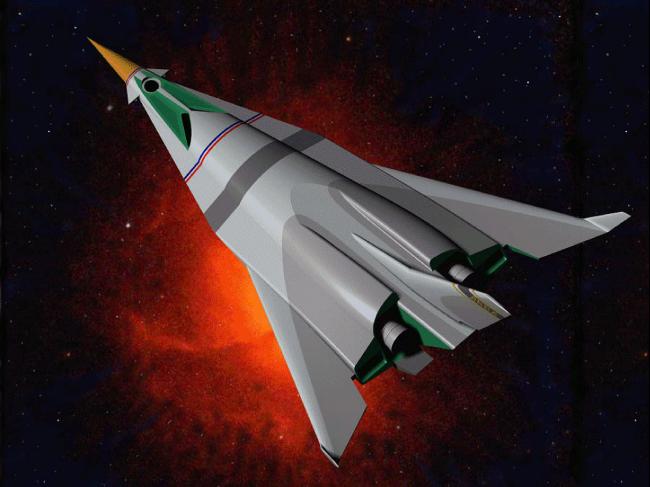 |
|||||||
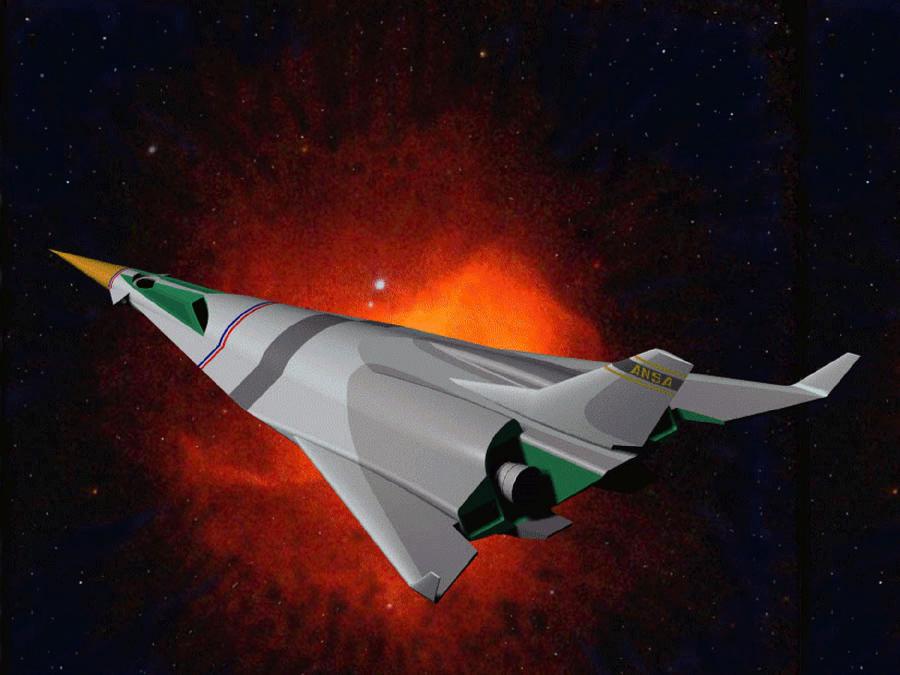 |
||
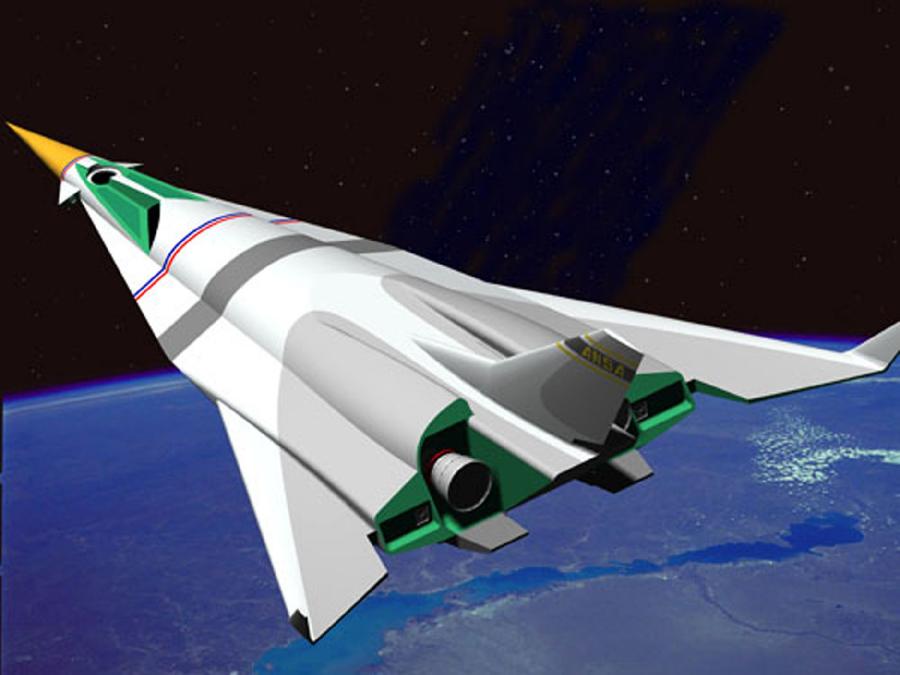 |
||
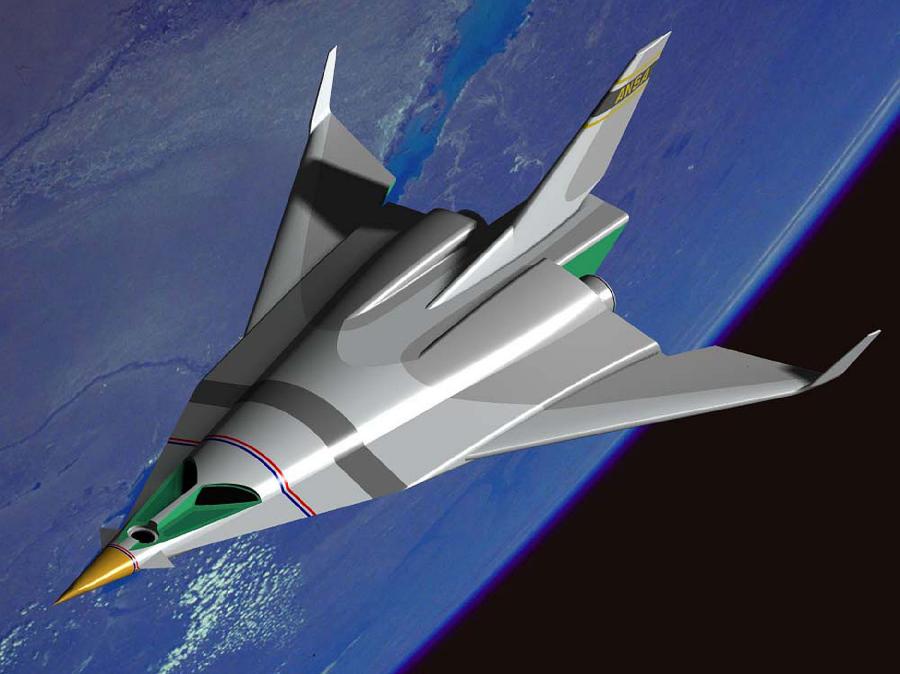 |
||
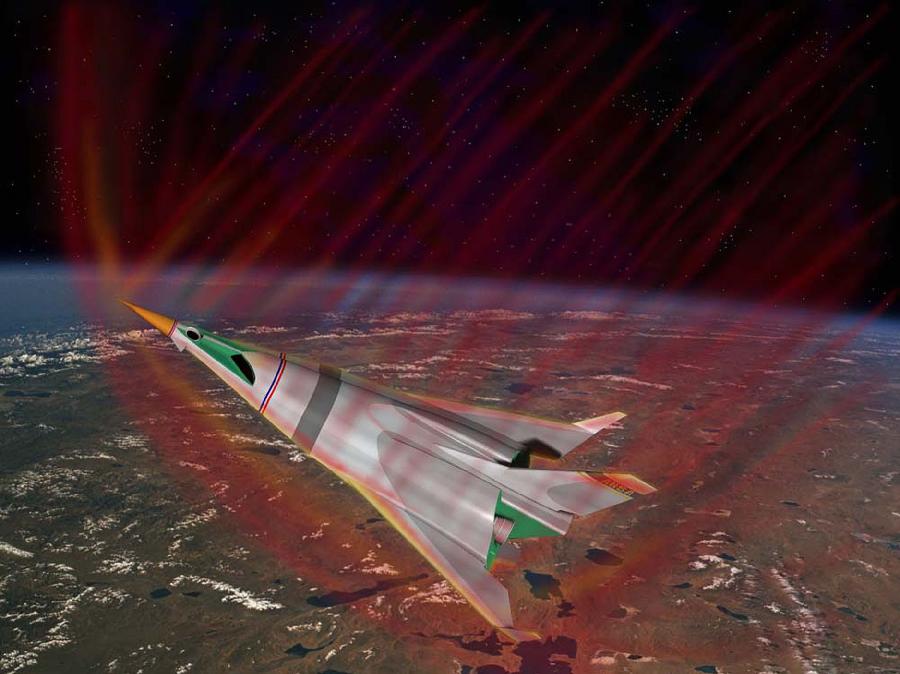 |
||
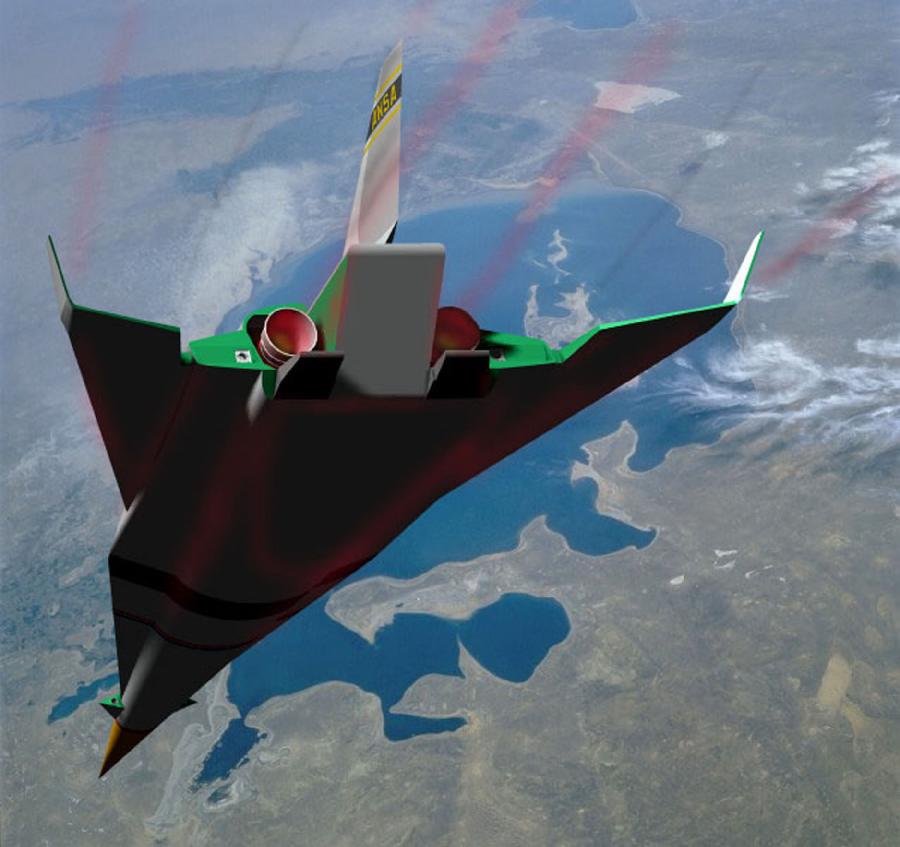 |
||
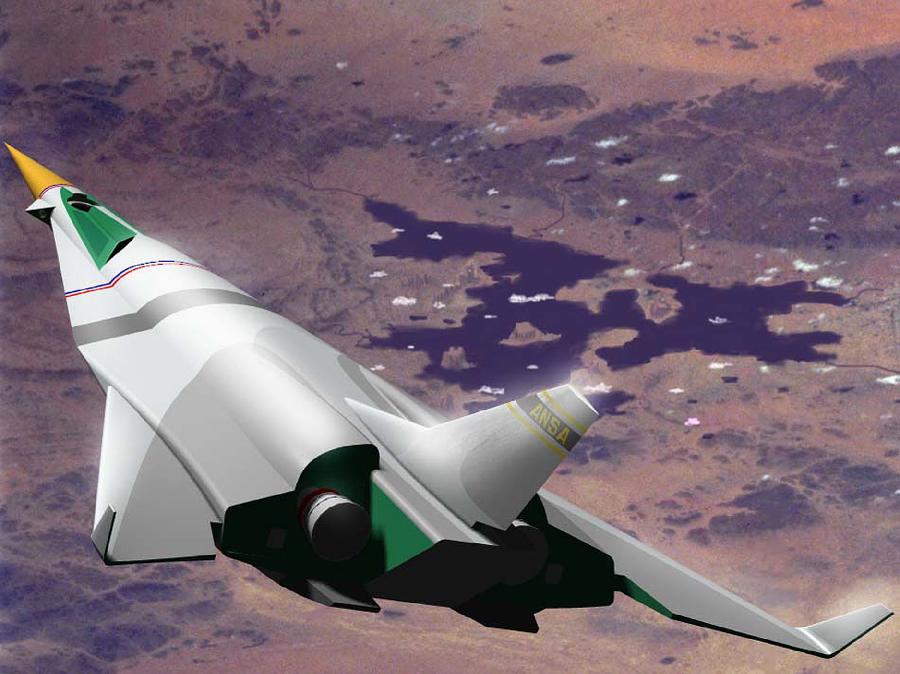 |
||
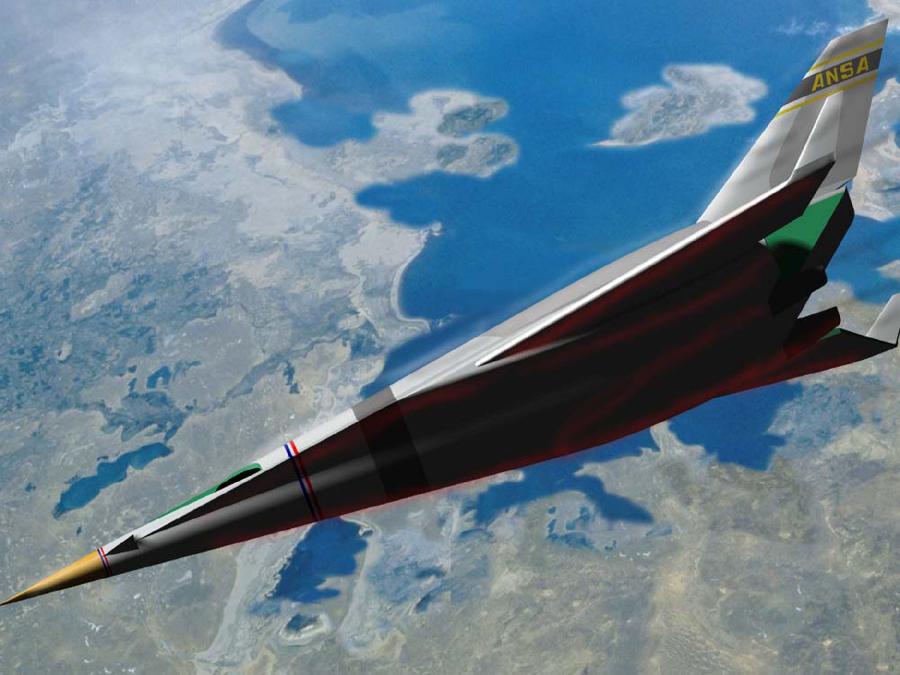 |
||
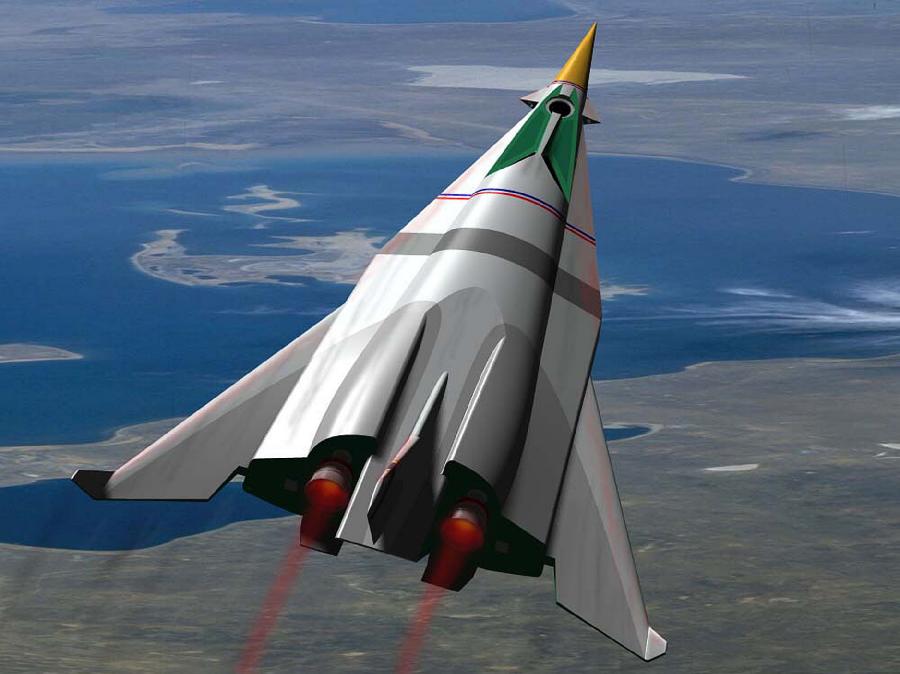 |
||
— The Icarus at the 20th Century Fox Studios Backlot — |
||
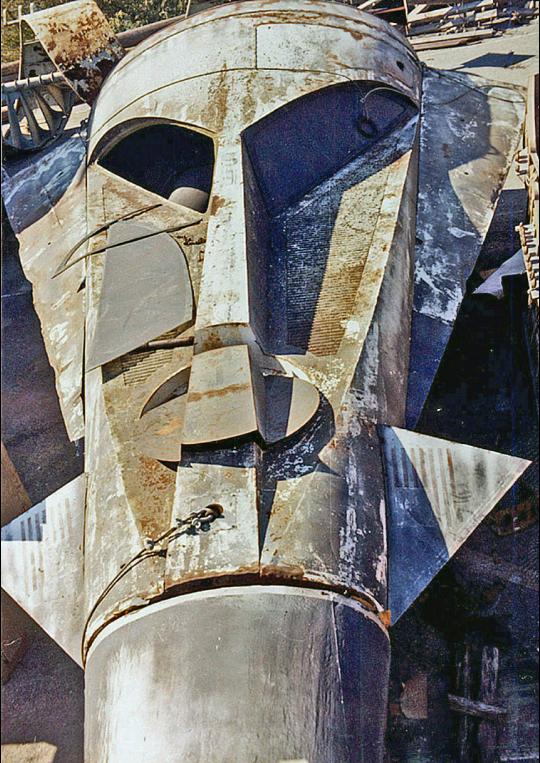 |
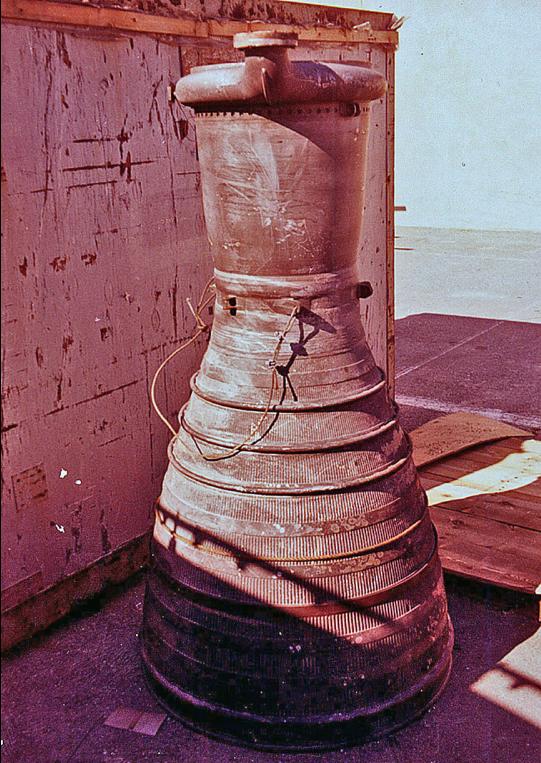 |
|||
Above the nose. Note the separated glass panel and loose escape hatch. |
A spare rocket engine from the crash scene from "Beneath the Planet of the Apes." |
|||
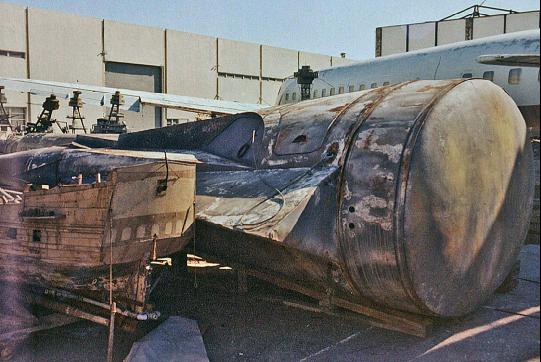 |
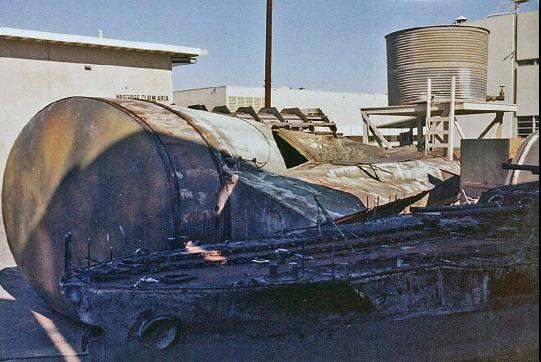 |
|||
Left side rear. |
Right side rear. |
|||
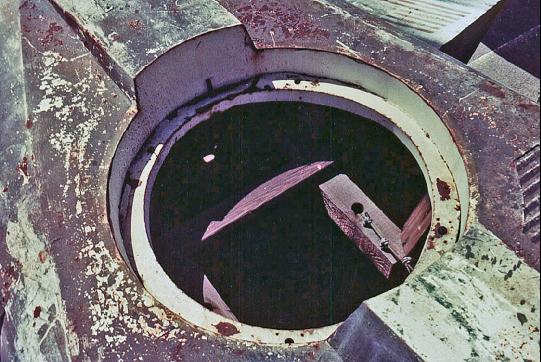 |
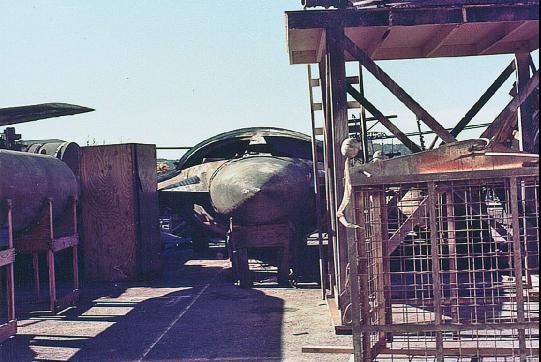 |
|||
Looking into the nose escape hatch. |
Nose view. |
|||
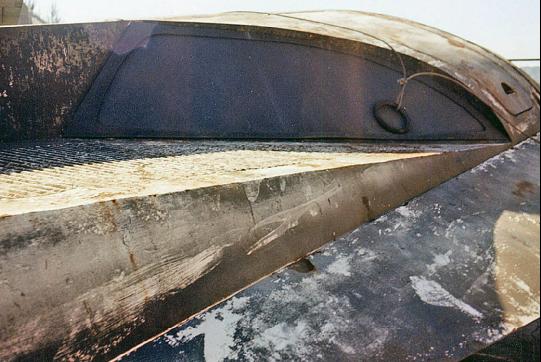 |
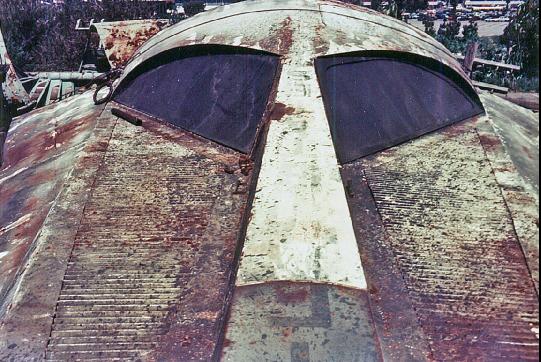 |
|||
Cockpit left window. |
Nose on view with the right window panel in place. |
|||
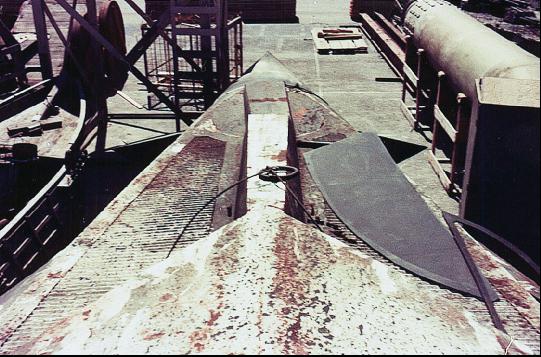 |
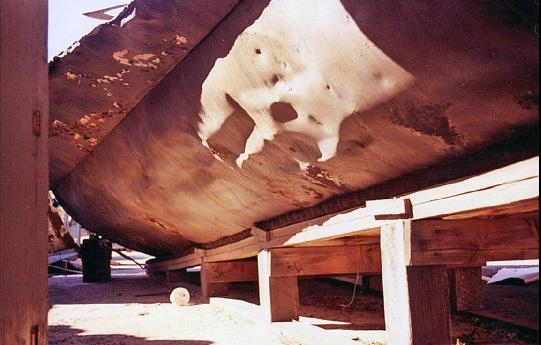 |
|||||
Underneath view shows how battered the Icarus was while filmed in the Maibu surf for "Escape From the Planet of the Apes." |
||||||
Looking forward with the askew escape hatch and loose window panel. |
||||||
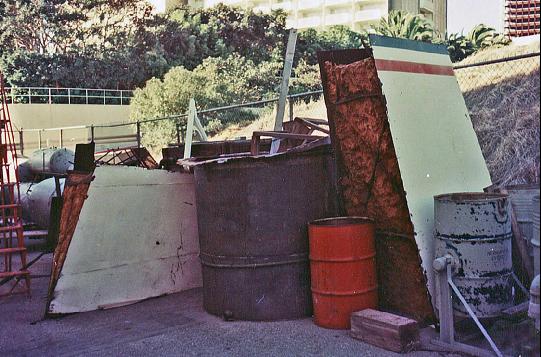 |
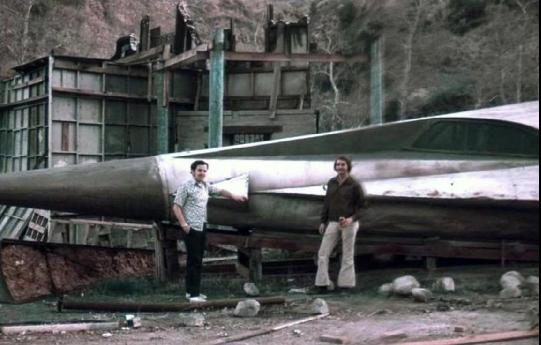 |
|||
Jim Operly and Steven Serkis in front of a partially-restored Icarus. I believe this was after it was used in the filming of the pilot for the "Planet of the Apes" television series. |
||||
Fairing extensions that were removed when the prop was shortened for "Escape." |
||||
— The End of the Icarus — |
||
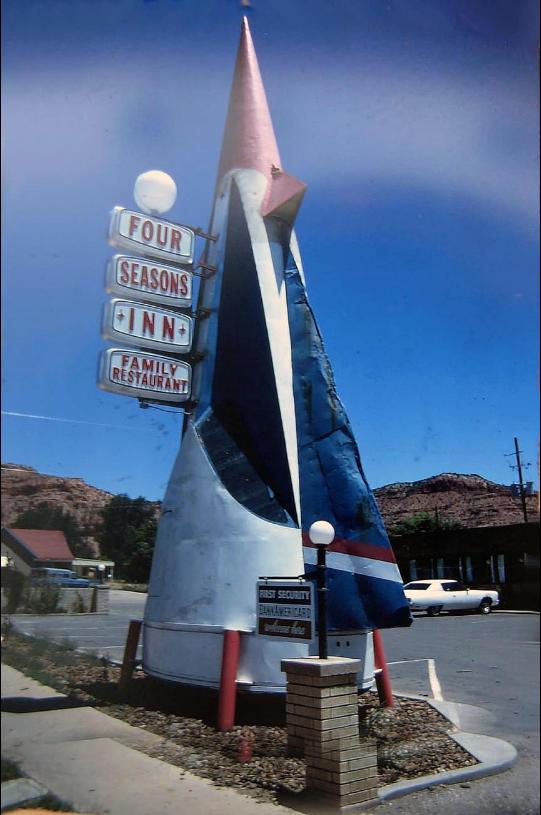 |
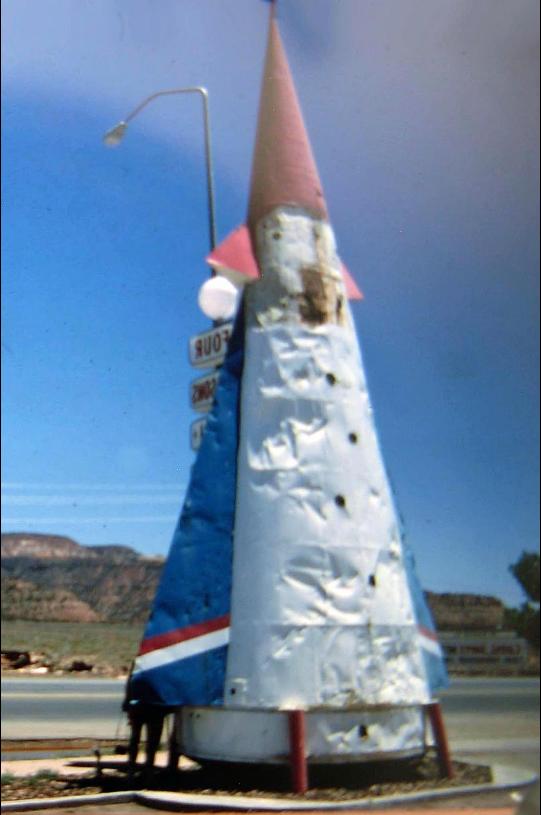 |
|||
The last location of the interstellar, time-bending spacecraft Icarus was as a business sign holder at the Four Seasons Inn, in Kanab, Utah (now closed). The story goes that it was toppled by a windstorm, and eventually ended up in a scrap yard. A sad ending for a beautiful and historic ship. Photos by Walter Cotton via Bill Ritchie |
||